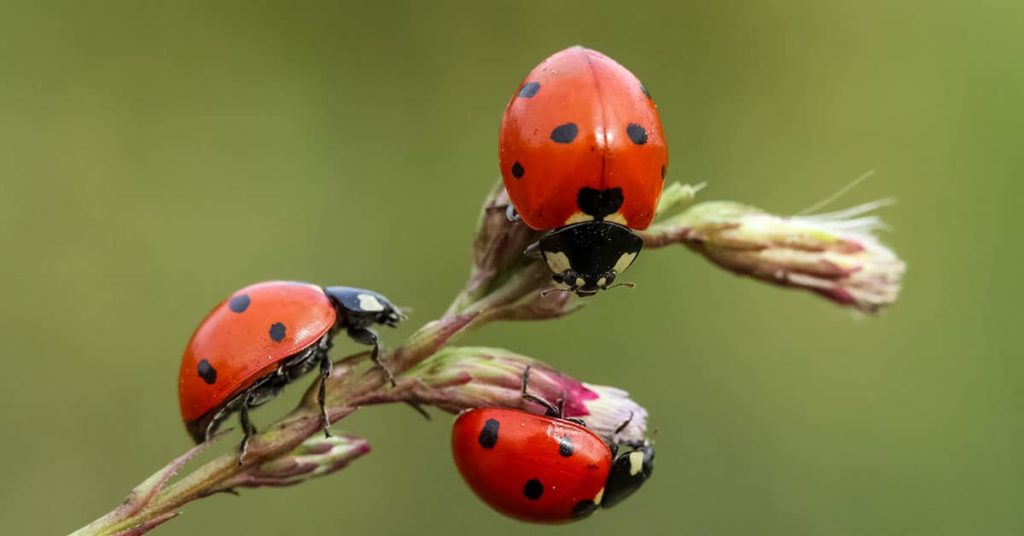
The cold season is finally here, and you are getting ready for another ladybug invasion. One or two ladybugs aren’t harmful in your house, but you certainly have several unanswered questions when they come in armies. This article talks about what attracts ladybugs to your home, the possible threat of the invasion, and how to drive them away.
There are several ladybug species globally. The most prevalent type is the Harmonia axyridis ladybug, otherwise known as ladybirds in England. They are native to Asia but were introduced to the United States to feed on aphids and other crop-destroying insects.
Ladybugs like to hide a lot, often in cracks and openings on your walls. Seeing one may mean that there are more you haven’t met. So why your house?
Ladybugs Love Light-Colored Houses
If you live in a light-colored, you will no doubt attract these creatures. Unfortunately, there is little you can do about this. It is impractical to redo certain features just to fight ladybugs unless you have the spare cash and they irritate you. If you can afford to repaint, they house to go for darker colors.
They Need Warmth in Cold Seasons
During Winter and Fall, the weather outside is a bit unbearable for these creatures. They will migrate to your house in search of some warmth. They may hide in your walls during cold seasons only to scatter to other places when for warmth.
Ladybugs are prevalent in warm places like Florida and Alabama. If you stay in such places, we advise that you take precautions and eliminate any plants that may attract them to your property. Also, try to seal any gaps and crack on your walls.
Ladybug Invite One Another
Ladybugs communicate by releasing pheromones. It sends signals to their kind to seek them out. So if you see a ladybug today and hundreds tomorrow, the chances are the others came on invitations. The pheromones are so powerful that other ladybugs can detect it for ¼ mile away-and it can last up to a year.
Older Houses Attract Them Most
Older houses are likely to have more cracks and holes where ladybugs can hide. It means that your old house is more susceptible and can hide more ladybugs. If you stay here, you have to put in extra work in renovation and sealing up the hideouts.
Are They Dangerous?
Ladybugs do not bear or transfer any known human disease. This means that apart from the little pain you feel, a bite from these organisms exposes you to no real danger. Their presence also does not expose you to many diseases. However, they are a major cause of allergies. Common symptoms of ladybug allergies are sneezing, runny nose, rashes, and itchy eyes.
They also do not eat or feed on fabrics or paper and will not destroy any household items. Trying to chase them away causes distress, and they stain your wall with some yellow marking. But you can get rid of them through various methods like sweeping them away, washing their colony with dishwashing soap, or trapping them with duct tape.
Ladybugs will not destroy any plant in your garden. If anything, they will feed on the aphids that destroy the plants. They are only on your property for warmth and shelter.
